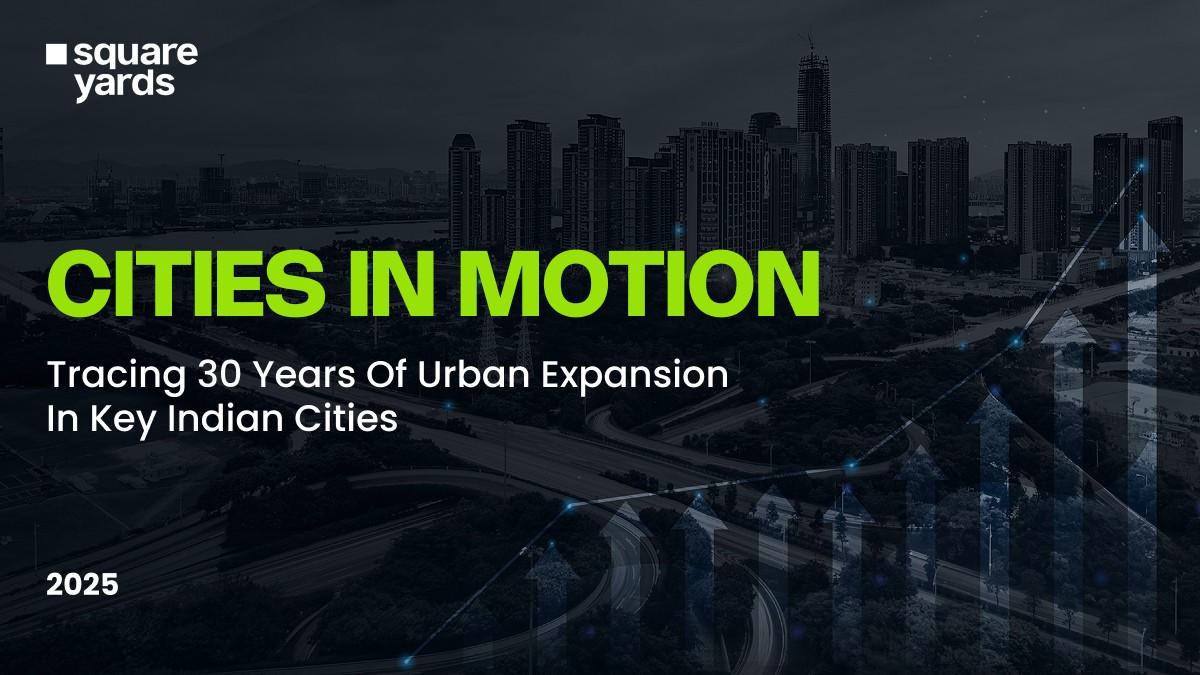“The residential market has witnessed a strong V-shaped recovery, with transactions up 77% since FY 2019, driven by rising homeownership sentiment. Both primary (57%) and secondary (43%) markets are gaining momentum as buyers favour ready-to-move-in homes — a trend set to sustain growth ahead.” — Tanuj Shori, CEO and Co-Founder Square Yards
Urbanisation is one of the most powerful forces shaping the global real estate landscape. With over 58% of the world’s population now living in cities that generate more than 80% of global GDP, urban centres have become the engines of growth and innovation. Yet, this expansion is uneven — megacities like London and New York continue to dominate, while smaller urban hubs evolve at varying speeds. How cities grow — whether vertically through high-rises, horizontally through suburban sprawl, or inward through redevelopment — directly influences real estate dynamics, determining land use, housing supply, and infrastructure alignment. These shifting urban patterns are redefining how and where real estate opportunities emerge globally.
At the forefront of this transformation stands India, a nation experiencing one of the world’s fastest urban expansions. With its urban population projected to rise from 37% to 53% by 2050, India is adding millions to its cities each year, reshaping skylines and market structures. Delhi, Mumbai, Bengaluru, and Hyderabad—already among the world’s megacities—are driving this change as both economic and real estate powerhouses. While core city areas are growing vertically with premium residential and commercial developments, outer corridors are emerging as hotspots for large-format housing, logistics, and industrial clusters. Infrastructure advancements—from metros and expressways to new airports—are fueling multi-nodal growth, turning every connected zone into a potential investment destination.
This wave of urbanisation is clearly reflected in India’s real estate performance in FY 2025, where the market has shifted decisively from volume to value. The Mumbai Metropolitan Region (MMR) continues to lead with 2.71 lakh home registrations, up 18%, and a remarkable 33% jump in sales value to ₹2.64 lakh crore, driven by redevelopment and massive infrastructure projects. Bengaluru and Hyderabad are sustaining their momentum in premium housing, while Pune shows steady growth with ₹0.71 lakh crore in sales and a 16% value rise. Up North, Noida and Greater Noida are fast emerging as premium growth corridors, with a 24% surge in sales value, reflecting the larger nationwide shift toward quality-driven, high-value real estate. Together, these trends highlight how India’s rapid urbanisation is not just expanding cities — it’s elevating the value, quality, and character of real estate itself.
India’s real estate story is no longer just about growth — it’s about evolution. As urbanisation accelerates and cities expand, the market is moving toward a new era defined by value, quality, and enduring opportunity — where every home sold is a step toward a stronger, more future-ready India.
Explore the full findings below in our report:





